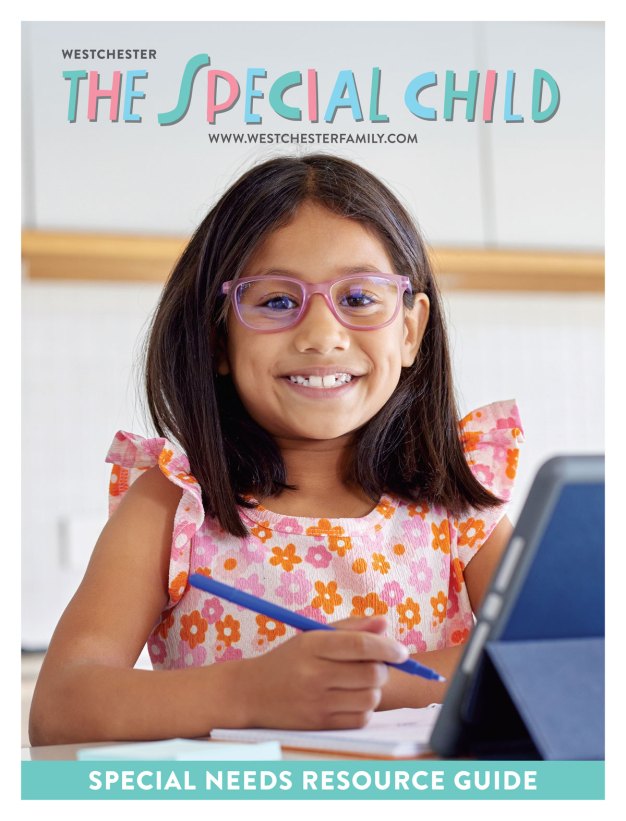My 4-year-old daughter, Zoe, has a friend with whom she spends countless hours, talking on the phone, sending “emails” and trading stories about their families and vacations.
Heezy’s life is eerily similar to, albeit much more exciting than, ours. (She goes to her Disneyland an awful lot.)
Heezy is not real, and my daughter sometimes reminds me of this with exasperation when I play along with her stories. But she’s been such a daily presence in our lives for more than two years that she feels like part of the family. We delight in Zoe’s stories about Heezy’s rainbow hair, her trips to Mermaid Costco and her school mascot – a butterfly unicorn. Heezy sometimes fights with her brother, Michael, and sister, Hanzia, and loves her parents, Sam and Millennia (Lily for short).
For all that I’ve encouraged this imaginary friend, as Heezy has continued to hang around, I have started to wonder: Is this normal?
Absolutely, says Marjorie Taylor, a professor of psychology at the University of Oregon and author of Imaginary Companions and the Children Who Create Them (Oxford University Press, 2001).
A whopping 65 percent of 7-year-olds say they’ve had imaginary friends at one time, and one-third still do, according to a 2004 study co-authored by Taylor. Even at age 12, nine percent of children still have imaginary companions, and Taylor has interviewed adult authors who claim to have relationships with their fictional characters akin to imaginary friendships.
Taylor started studying the imaginary friend phenomenon in the early 1990s, intrigued by her own daughter’s imaginary relationships. She was surprised that little research had been done.
Imaginary companions can take one of three forms, she says:
• the classic, invisible imaginary friend;
• a stuffed animal or toy with whom the child talks and interacts;
• and a pretend identity, in which a child takes on the role himself, which is more common in young boys than girls.
“Children are really interested in people and like to pretend about people,” she says. Imaginary friends “are a way to sort out or mull over things that are going on in your life. … Children use them for all different purposes, but mostly, it’s fun.”
Meet the Cat
Christine Zwerling certainly has fun with her 4-year-old son’s imaginary cat.
When Xander was 2 1/2 or 3, “suddenly we had a cat named Maurice Sendak,” one of Xander’s favorite authors, recalls Zwerling. “He’s a regular cat. He just appears to be invisible.”
Xander talks about his cat, but doesn’t play with him, his mother says. He has told his preschool teacher and his rabbi about Maurice Sendak and never let on that he’s not real.
“Recently, we actually did get a cat,” Zwerling says. “Maurice Sendak is very friendly with our new cat. He’s trying to teach him to be a good cat.”
Not all imaginary friends are as well behaved, however. “You might think if you create something, it will be compliant,” says Taylor. But “about a third of [imaginary friends] are wild and unruly. … If they have negative characteristics, they usually have good ones, too. They’re exciting, but they also annoy you at times, not coming or going away when you want them to. Children are interested in troublemaking and bad behavior. This is a way to play it out, to see what your parents say.”
When something is amiss in Karen French’s home, she knows who will be blamed – the pet ghost her daughters Elena, 6, and Fiona, 5, have had for more than a year. “If stuff in the living room gets spilled, it’s never the kids. It’s the ghost,” French says. “When he does something naughty, I say, ‘You’re in charge of this ghost. You need to clean it up and tell him not to do it again.’”
The ghost lives in boxes in the closet and “changes his appearance constantly. Sometimes he’s as big as a house or as small as a mouse,” French says. “I chalk it up to imagination. I love it. You hear about kids who have none anymore because they’re too busy watching TV and I think, ‘Wow. This is awesome.’”
Pushing the Boundary
Imaginary friends often allow children to exaggerate or stretch boundaries.
“One mom told us that on the day her son got a little fish bowl, the imaginary friend got a tank full of sharks,” Taylor recalls.
Her research has shown that preschoolers with imaginary companions are better storytellers, better able to see things from someone else’s perspective and less shy than their peers. She has also found that at-risk middle school students who still had imaginary friends had better outcomes later on – from higher graduation rates to avoiding arrest – than peers who did not.
“We think it’s a coping mechanism,” Taylor says.
Overwhelmingly, she says, children know that their friends aren’t real. In her interviews with preschoolers, 40 percent volunteer that information. “They want to make sure we’re on the same page,” she says.
Making Friends With the Imaginary Friend
So, how should parents react or interact with their child’s so-called friend? Taylor offers these useful strategies:
• Pay attention to the imaginary friend’s issues and fears. If the imaginary friend is always sick or lonely, these could be issues or worries that your child is working out.
• Use the imaginary friend to discuss tough topics. Ask, for instance, if the imaginary friend is being bullied or afraid of dogs, and why.
• Feel free to talk to the imaginary friend or set a place at the table if your child wants you to do so. Children usually are delighted when parents play along.
• But don’t take control of the imaginary friend. Let your child be the expert. When parents take over, children often abandon the friend.
• Don’t be manipulated by the imaginary friend. You’re not squelching your child’s imagination if you don’t let the imaginary friend break house rules or stay up all night.
Mostly, Taylor says, “parents should relax and enjoy it. [Imaginary friends] can be a nice vehicle for storytelling and encouraging creativity. It may also be a way of getting information from a child who may not want to own up to something herself: What does the imaginary friend think of that?”
As Zwerling says of the feline Maurice Sendak, “He doesn’t hurt anybody and he doesn’t even need a litter box, so it’s all good.”
Janine DeFao is an associate editor with Dominion Parenting Media, and mother of two – plus one imaginary friend.












